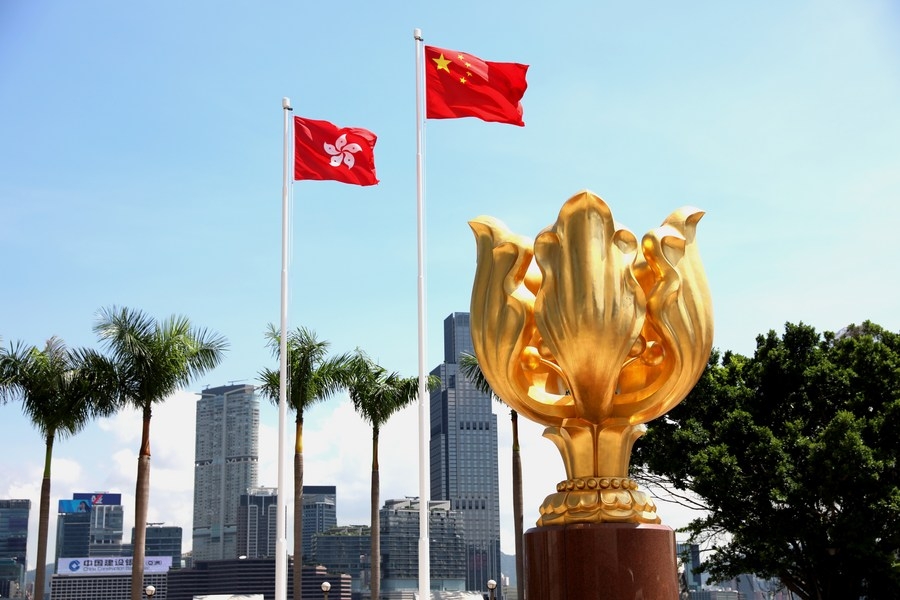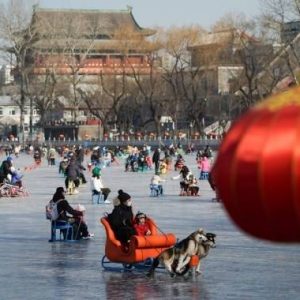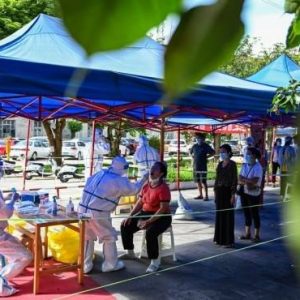This comes after Gansu Province reported a total of 45 locally transmitted confirmed COVID-19 cases from October 18 to October 25, with 33 cases detected in Lanzhou city….reports Asian Lite News
Chinese city of Lanzhou in northwest Gansu province, has been put under lockdown to curb the surge in COVID-19 cases.
The residents of the city have been prohibited from leaving their homes unless in an emergency, Chinese state media Global Times reported.
This comes after Gansu Province reported a total of 45 locally transmitted confirmed COVID-19 cases from October 18 to October 25, with 33 cases detected in Lanzhou city.
This comes as China is re-imposing fresh lockdowns amid rising COVID-19 infections, the country recorded more than 100 cases across 11 provinces over the last week.
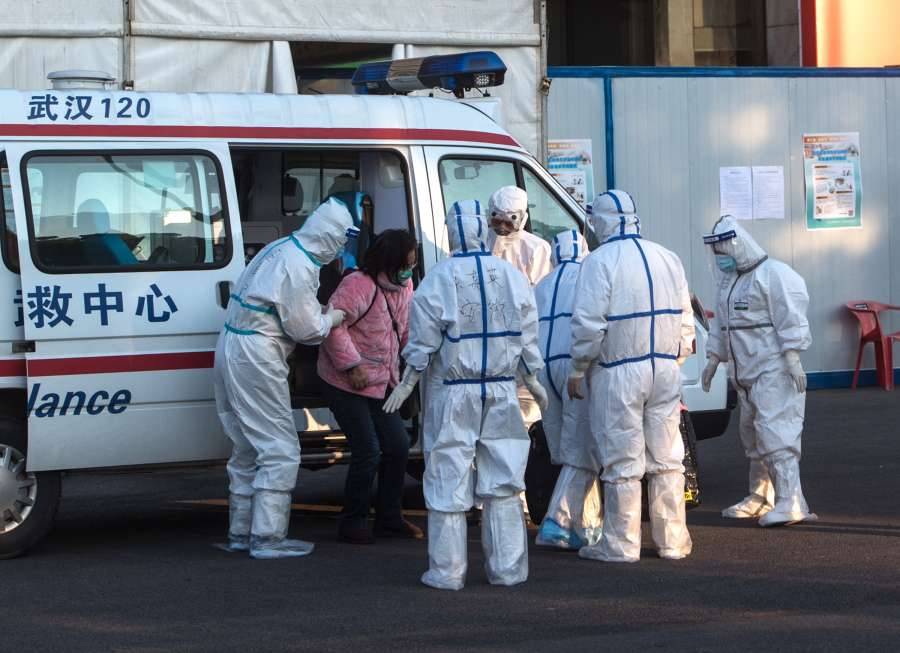
“Since October 17, there have been multiple scattered local outbreaks in China, and they’re expanding rapidly,” Mi Feng, a spokesman at the National Health Commission (NHC), said at a news conference Sunday. “There is an increasing risk that the outbreak will spread even further,” reported CNN.
The rapid spread comes despite about 75 per cent of China’s population is fully vaccinated. The spread of coronavirus infections worried the Chinese government, which insists on a strict zero-COVID policy to stamp out infections.
The outbreak was first detected on October 16 among a tour group of fully vaccinated senior citizens from Shanghai who travelled in several northern regions.
The latest COVID-19 resurgence, which has spread to 11 provincial-level regions, was triggered by a new imported source, according to officials from the country’s top health authority.
Some Chinese epidemiologists see the current sporadic outbreaks hit on the largest scale since the epidemic flare-up in Nanjing in late July that was the worst since the 2020 outbreak in Wuhan, Hubei Province.
Of the 133 infections reported over the past week, 106 cases were found to be related to tourist activities involving a total of 13 tour groups or self-driving tours, said Wu Liangyou, deputy director of the National Health Commission (NHC) disease control bureau, the report said.
At present, the epidemic is in the rapid development stage, as cases of infections that are not related to tour groups have been increasing. As screening work continues, the number of infections is anticipated to increase, with the areas affected also expanding, Wu said.
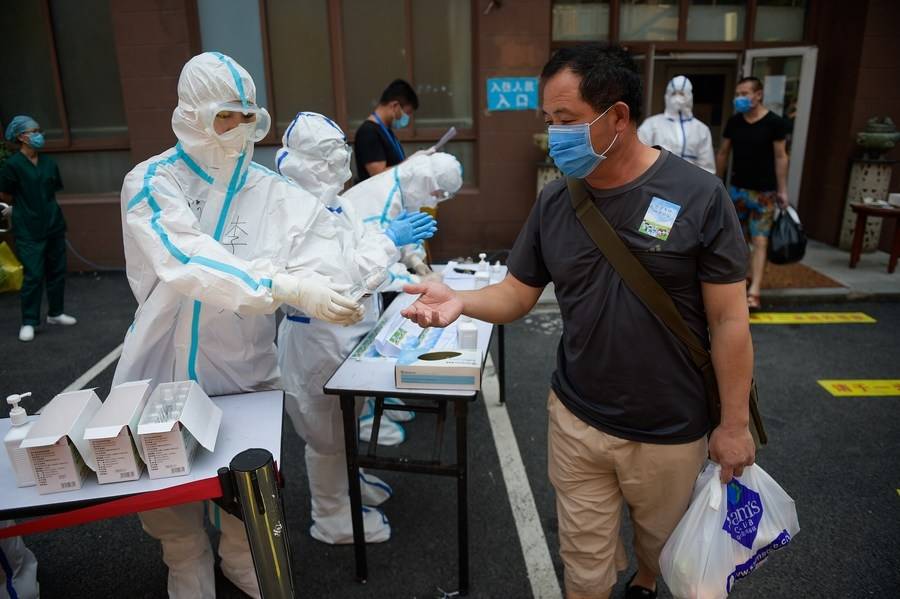
Ejin Banner in North China’s Inner Mongolia Autonomous Region has come under the spotlight amid the latest epidemic resurgence, as almost all the domestically transmitted cases were part of tour groups traveling to the county-level division in the region that borders Mongolia, the latest transmission chains showed, the report said.
Since October 17, the new round of domestic infections has occurred in multiple places and spread to 11 provinces within one week. Most of the infections are related to cross-regional tourism-related activities and the risks of the epidemic further expanding have been increasing, according to the NHC, the report said.
It has been confirmed that the virus that resulted in the ongoing outbreaks came from overseas, but how it entered China remains unknown, Wang Guangfa, a respiratory expert at Peking University First Hospital, told the Global Times.
However, it’s worth noting that Ejina Banner is at the intersection point of different transmission chains where the China-Mongolia port is located, he said.
Li Mingde, an academic adviser at the Tourism Research Center under the Chinese Academy of Social Sciences, told the Global Times that this round of epidemic resurgence demonstrates that tourism is a key channel for virus transmission, as it always comes with clusters and huge flows of people across the country, the report said. (ANI/IANS)




